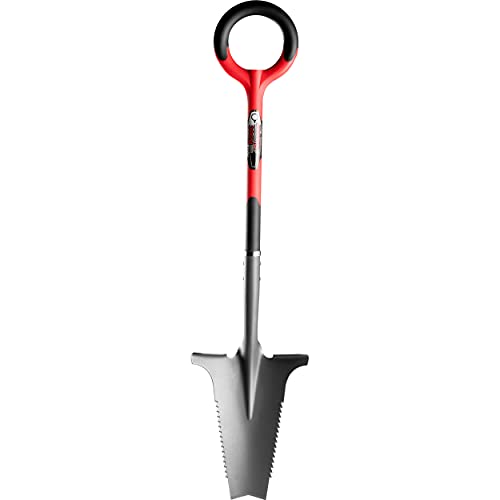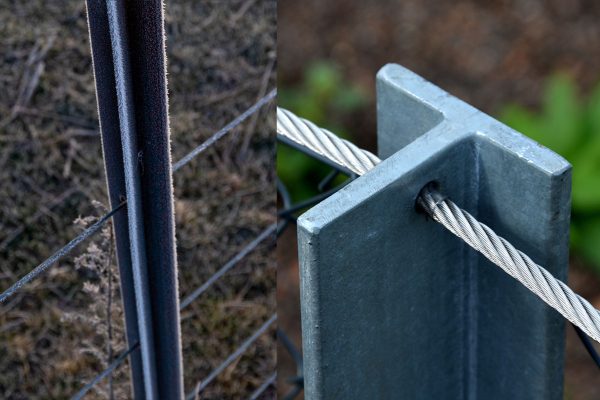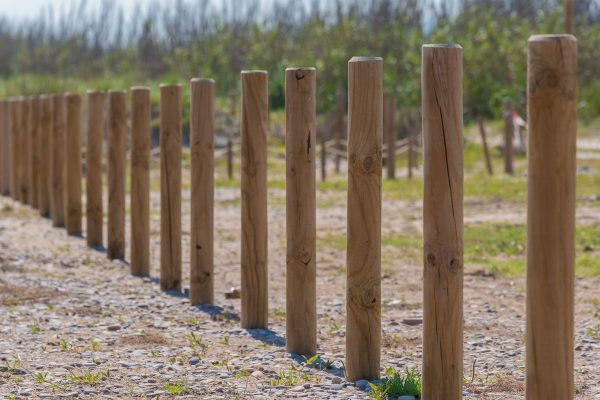Digging holes is required to carry out projects like erecting a fence or signpost. But how do you use a post hole digger when the soil is extra hard? To help you, we did thorough research, and here's what we found.
Post hole diggers can be used in conjunction with other tools when digging in hard ground, such as:
- digging bar
- auger (manual or gas powered)
- shovel
When using a post digger on hard ground, always pour water onto the area you want to dig a few hours earlier. The water passes through into the soil and makes it porous enough to make a hole.
Digging on hard ground can take longer than planned if proper caution is not taken. Read further to get complete details about post-hole diggers and how to use them.
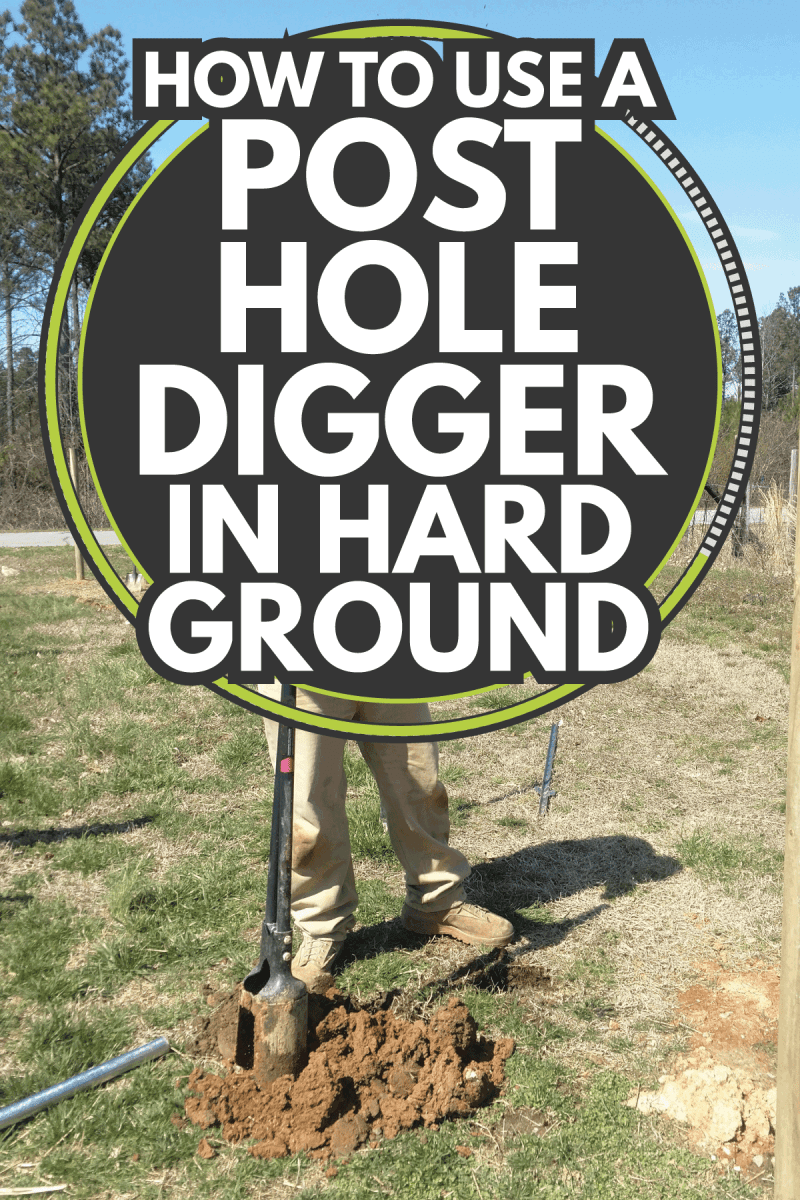
What is a Post Hole Digger?
A post hole digger is designed to dig small to moderately sized holes quickly and efficiently for gardening, farming, and other practical applications. Post hole diggers are excellent for digging several holes, such as those for fence posts or signposts.
In areas where heavy equipment is too large to operate, but using shovels would take too much time, a post hole digger is the answer!
There are a variety of tools that fall under the category of post hole digger, including some augers, these can be either manually or hydraulically propelled.
Hydraulic post hole diggers are intended for larger jobs, such as farming. Several post hole diggers and augers are designed to attach to machinery; however, some are freestanding.
A post hole digger that can be operated manually has two handles that look like shovel handles. Each handle has a curved, blade-like head at the end.
With the blades split, a person drives the post hole digger into the ground, then expands the handles, bringing the opposing heads together and collecting the soil for removal to form a hole.
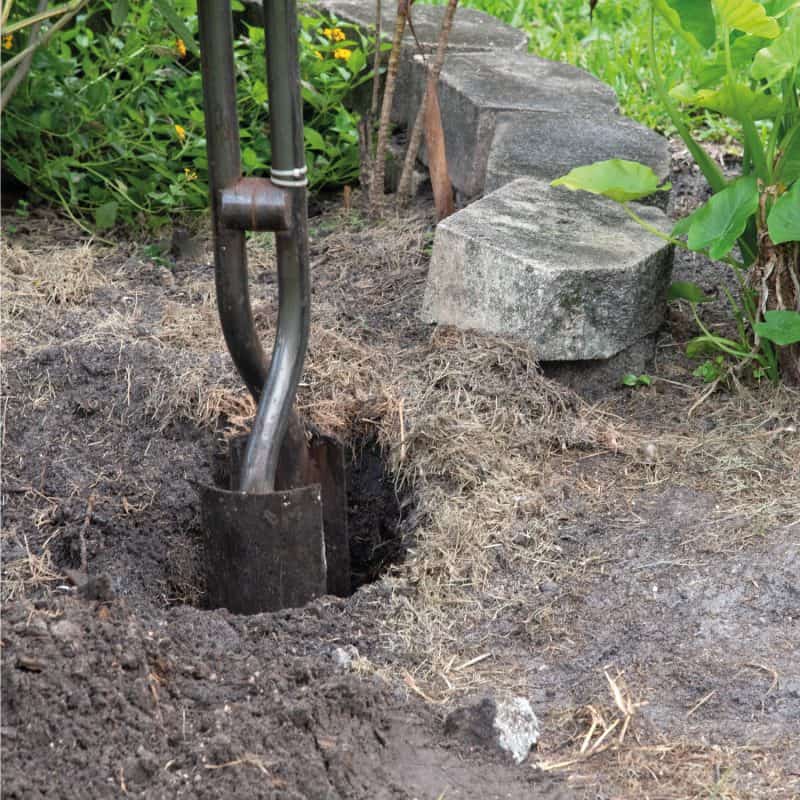
Uses of Post Hole Digger
Using a post hole digger is significantly faster than a shovel for someone with upper body strength. A manually operated post hole digger is ideal for various gardening and household applications.
A post hole digger is used to make holes deep into the ground for installing fence posts, signposts, solar panel posts, cloth lines, and more!
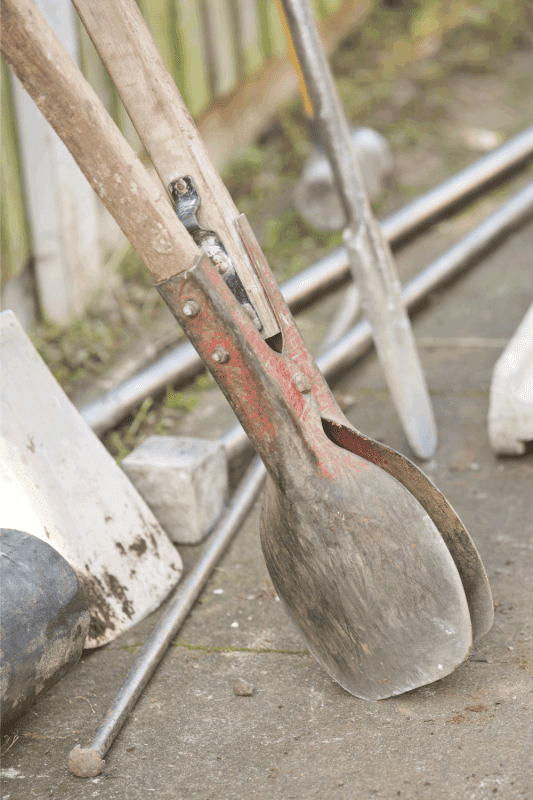
How To Use A Post Hole Digger In Hard Ground
Here's how you can successfully use a post hole digger to dig through hard ground.
- On the ground, draw a line across the center of each hole.
- With your feet shoulder-width apart, stand directly over the hole location.
- Squeeze the two handles together to open the post-hole digger's twin blades.
- Raise the post-hole digger as high as possible before driving the blades into the ground.
- Close the blades by pulling outward on the handles, leaving the excavated soil in the hole and depositing it to one side.
- Continue driving the post-hole digger into the soil until the desired depth is reached.
See these steps in action, along with tips for using other tools and adding water to the soil to cut through hard ground -watch the video below:
Tools For Digging Holes in Hard Ground
Oftentimes, you might need to work in a location where the soil is naturally harder. You can end up digging for long hours and realize you're not getting your desired results faster. To dig more efficiently, these are the tools you need. You can either use hand tools or power-enabled tools.
Digging Bar
A digging bar is a very important hand tool to use when you want to dig a hole. You can use this tool to dig holes before you use an auger. You can also use it to chisel through roots and clear large and small pebbles out of the way in the soil.
See this digging bar with tamper end on Amazon.
Hand Auger
Hand augers are popular tools for digging holes in the ground. They are designed to be operated manually. When using a hand auger, getting a few inches down in hard soil will require a lot of effort.
See this manual auger on Amazon.
Shovel
A shovel is a tool that is used to lift and dig the earth. It also resembles a spade. The only difference between a shovel and a spade is the shovel's sharp edge.
The curvature of the spade's metal plate is usually greater than that of the shovel, allowing you to easily lift and grip the dirt. If the soil is soft, such as sand, the shovel can also be used to dig it. Shovels are an excellent choice for little digging jobs.
See this shovel, designed to cut through tough roots, on Amazon.
Digging Knife
A knife is probably not the first instrument that comes to mind when you think of digging. Knives are sometimes practical and effective for digging, especially if you have a garden.
A digging knife can cut and create small holes in hard soil. These flat digging blades can remove some boulders from the surface, making digging a lot easier.
Gas Augers
Gas augers are regarded as the most powerful tool for digging hard soils. To dig into the hard soil easily, you have to use a good amount of power for it to rotate deep into the ground.
Some augers are designed/geared to handle digging through both ice and dirt all you have to do is change the auger bits. Here are the different types of augers.
2 Man Auger
Two man augers are also powerful enough to dig through hard soil. The sole disadvantage of this type of auger is that it requires two people to operate due to the high torque, hence the name.
See this 1 or 2 man gas powered auger on Amazon.
3 Point Auger
Three point post auger, which is attached to a tractor or backhoe, is another option. They are also called tractor augers. These are common in rural locations or for operations that require a large number of holes.
See this 3 point auger attachment on Amazon.
How To Use An Auger in Rocky Soil
Check for utility lines on your property before digging. You should also be aware of the soil type. Is it rocky throughout the yard or just in some areas? What about roots? Is there a foot or two of topsoil followed by solid bedrock?
In rocky terrain, drilling with an auger entails a lot of starting, halting, and removing boulders from each hole. It's not ideal to be digging post holes in rocky ground, but it may be your only option.
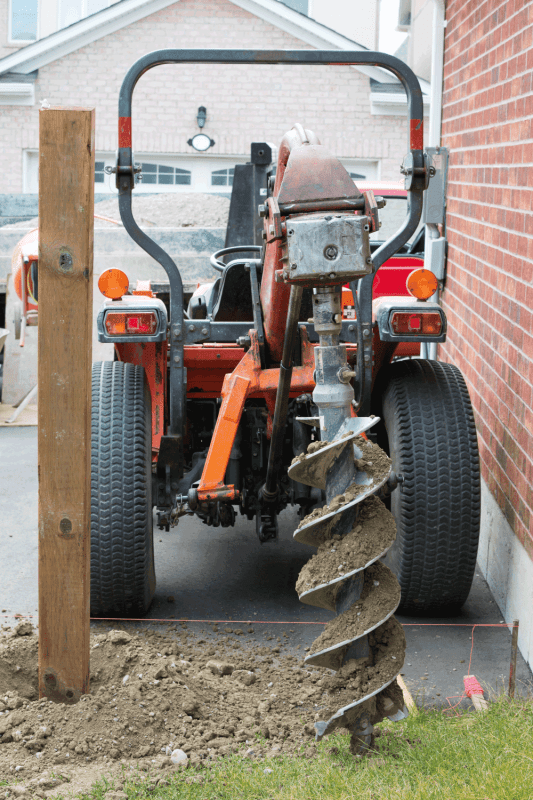
How do you tell if you've hit a rock after you start drilling? If your auger stops rotating or slows down while drilling, you've hit a rock. Pull your auger out of the hole and switch it off using your reverse function. Any loose soil in your hole should be removed.
Check for rocks in your hole. Use your digging bar to loosen them if they've been trapped in the earth. Put them in your wheelbarrow using your clamshell digger, shovel, or hands to pull them out.
To make sure you've gotten all of the rocks, loosen the soil at the bottom of the hole. Flooding the hole with water is another option.
Here is a good demonstration of digging in rocky soil and all of the tools the job might entail:
How Long Does It Take To Dig a Post Hole By Hand?
Digging a four inch deep, three inches broad hole, for example, can take anything from one to four hours. It depends on the ground conditions and the digging abilities of the person doing the digging.
How Deep Should a Fence Post be?
As a general guideline, the ground should be at least 1/3 the height of the post. A six-foot tall fence, for example, will require at least two feet of the ground post. Consider your local frost line.
What is a Clamshell Digger?
Two shovels are linked together at the top of the blades to make the clamshell digger. It functions as a shovel and tongs in one. Push the handles together, then sink the blades into the ground to operate the tool. When the handles are spread apart, the blades will close and grasp a clump of dirt.
Lift the digger out of the hole with the handles split apart, then dump the cargo with the handles pressed together. The narrow diameter of the hole makes it difficult to stretch the handles apart, making clamshell diggers difficult to operate in deep holes.
For deep holes, you may need to loosen the soil using a breaker bar and scoop it out with a tiny trenching shovel, or you can use another digging instrument.
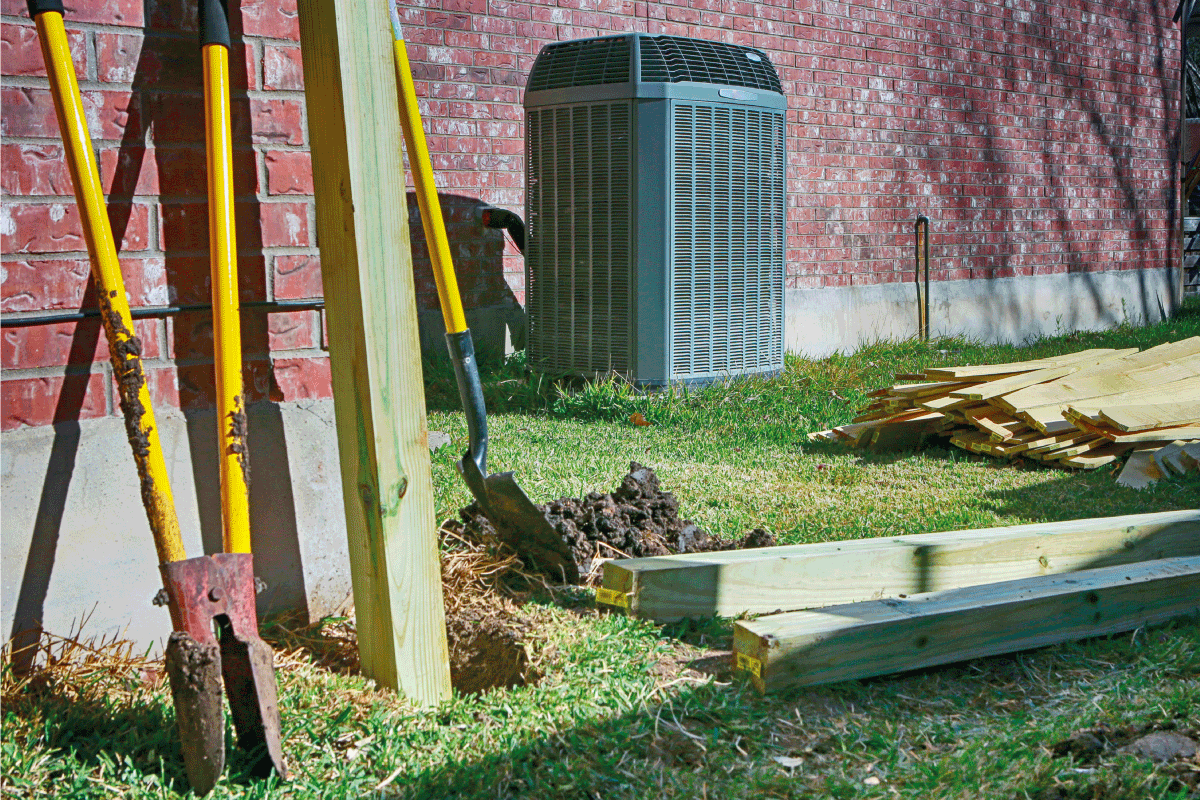
Conclusion
Digging on hard soil can be frustrating, especially if you're not using the right tools or procedure. One of the best ways to dig through hard soil is to use water in the areas you want to dig. Using the best type of equipment like a post hole digger or auger also helps.
For more articles like this, check out these engaging posts.



